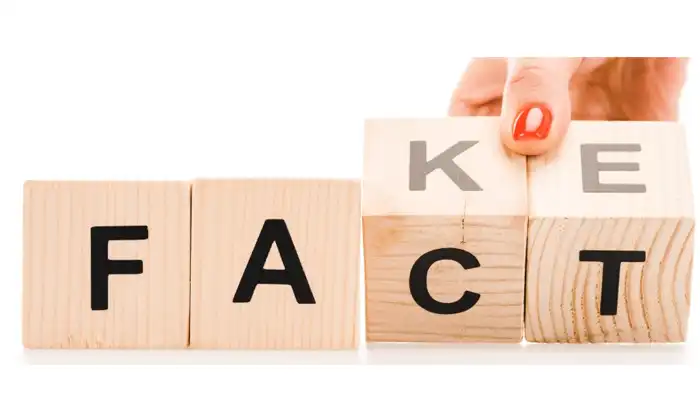Influencer Intelligence: Mastering the Art of Identifying Fake Influencers
In the realm of influencer marketing, authenticity and credibility are paramount. However, the rise of fake influencers has presented a significant challenge for brands and marketers. These deceptive individuals artificially inflate their follower counts and engagement metrics, making it crucial to develop influencer intelligence to separate the genuine from the counterfeit. In this article, we will delve into the art of identifying fake influencers and equip you with the tools and strategies to safeguard your brand’s reputation and investment.
1. Understanding Fake Influencers:
Fake influencers are individuals who manipulate their social media presence to appear more influential than they truly are. They resort to tactics such as purchasing fake followers, likes, and comments, creating an illusion of popularity and influence. Recognizing their deceptive practices is essential for maintaining the integrity of your influencer marketing campaigns.
2. Analyzing Follower Quality:
A key aspect of influencer intelligence is assessing the quality of an influencer’s followers. Fake influencers often have a high number of inactive or bot accounts. Look for signs such as a lack of profile pictures, generic usernames, or unusually low engagement rates relative to their follower count.
3. Scrutinizing Engagement Metrics:
Authentic influencers typically have engaged audiences that actively interact with their content. Fake influencers may exhibit suspiciously low engagement rates despite having a substantial follower count. Evaluate the quality and authenticity of comments, likes, and shares. Generic or spammy comments that don’t reflect genuine engagement may indicate a fake influencer.
4. Assessing Niche Relevance:
Genuine influencers have a specific niche or area of expertise that aligns with your brand. Assess the consistency and relevance of their content across platforms. A lack of focus, inconsistency, or content that seems unrelated to their claimed niche could be a red flag indicating a fake influencer.
5. Utilizing Influencer Analytics Tools:
Leverage influencer analytics platforms and tools to gain deeper insights into an influencer’s audience demographics, engagement rates, and follower growth patterns. These tools can provide valuable data to verify an influencer’s authenticity and help you make informed decisions.
6. Open Communication and Collaboration:
Maintain transparent and open communication with potential influencers. Request access to their analytics and insights to validate their claims and metrics. Authentic influencers are usually willing to provide such information and build a mutually beneficial partnership based on trust.
In the world of influencer marketing, separating fact from fiction is crucial. If you’re ready to uncover the truth and ensure authentic partnerships, reach us for a comprehensive influencer audit that will safeguard your brand’s reputation and drive impactful results. Remember, investing in influencer intelligence is an investment in the authenticity and success of your influencer marketing campaigns.


Write a Comment